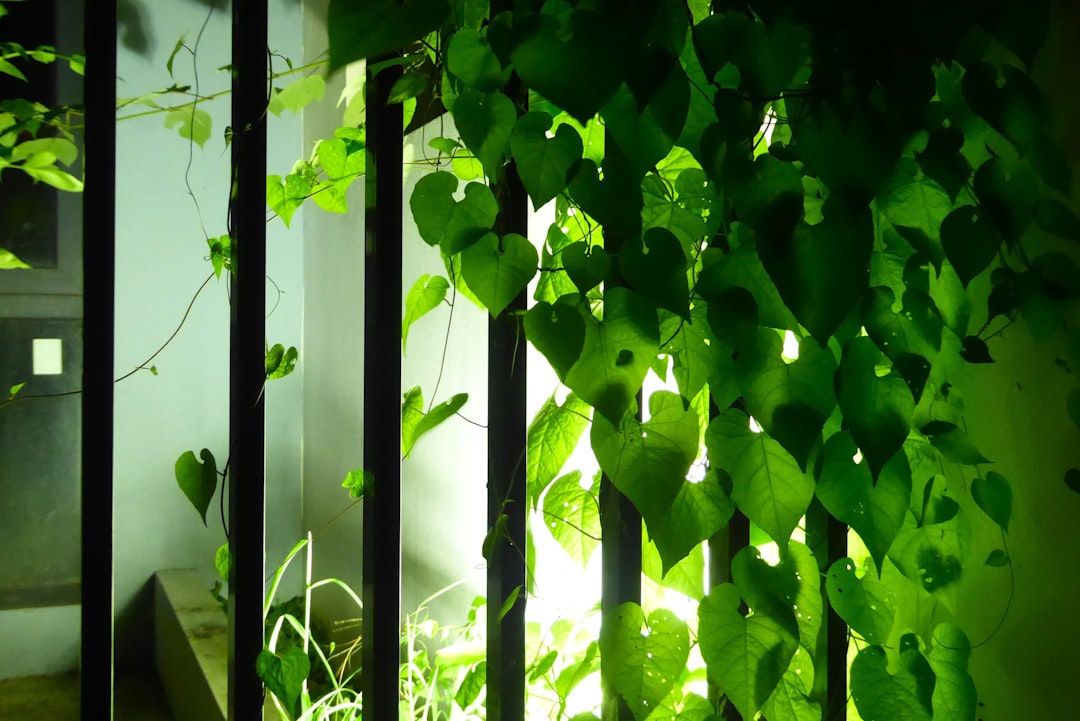The Winter Hydration Secrets for Your Indoor Green Friends

When the cold winter months roll around, taking care of your houseplants becomes a bit of a different ballgame. One of the most crucial aspects of winter houseplant care is knowing how often to water them. The frequency of watering indoor plants in winter depends on several key factors, with the amount of light they receive being at the forefront.
Light plays a significant role in a plant's water needs. In winter, the days are shorter, and the sunlight is weaker. Most houseplants enter a period of dormancy during this time, which means their growth slows down. As a result, they require less water. Plants that receive more light, such as those placed near a south - facing window, will generally need more water than those in low - light areas. For instance, a succulent placed in a sunny spot might still need to be watered every two to three weeks, while a fern in a dim corner could go a month or more between waterings.
Another factor to consider is the type of plant. Different species have different water requirements. Tropical plants, which are used to a more humid environment, may need more frequent misting in addition to regular watering. For example, a peace lily prefers consistently moist soil but not waterlogged conditions. On the other hand, cacti and succulents are adapted to arid conditions and can tolerate long periods of drought. In winter, they should be watered sparingly to prevent root rot.
The humidity levels in your home also impact how often you should water your houseplants. During winter, indoor air tends to be drier due to heating systems. This can cause the soil in your plant pots to dry out more quickly. To combat this, you can use a humidifier near your plants or place a tray of water near them. The evaporation from the tray will increase the humidity around the plants. However, be careful not to over - water just because the air is dry. Always check the soil moisture before watering.
Soil type is yet another important consideration. Well - draining soil is essential for houseplants, especially in winter. A soil mix that retains too much water can lead to root rot, which is a common problem during the colder months. A good potting mix for most houseplants should contain a combination of peat moss, perlite, and vermiculite. These ingredients help to ensure proper drainage and aeration.
To determine if your plant needs water, you can use the finger test. Stick your finger about an inch into the soil. If it feels dry at that depth, it's time to water. Another method is to lift the pot. If it feels light, the soil is likely dry and the plant needs water. When watering, make sure to water thoroughly until water drains out of the bottom of the pot. This ensures that the entire root system gets hydrated.
It's also important to use the right water. Tap water can contain chemicals such as chlorine and fluoride, which can be harmful to some plants over time. If possible, use filtered or distilled water. You can also let tap water sit out overnight to allow the chlorine to evaporate.
By following these tips, you can keep your houseplants properly hydrated through the colder months. Remember, each plant is unique, and it may take some time to figure out the perfect watering schedule for your specific plants. But with a little patience and observation, you can ensure that your indoor greenery thrives even in the coldest of winters.